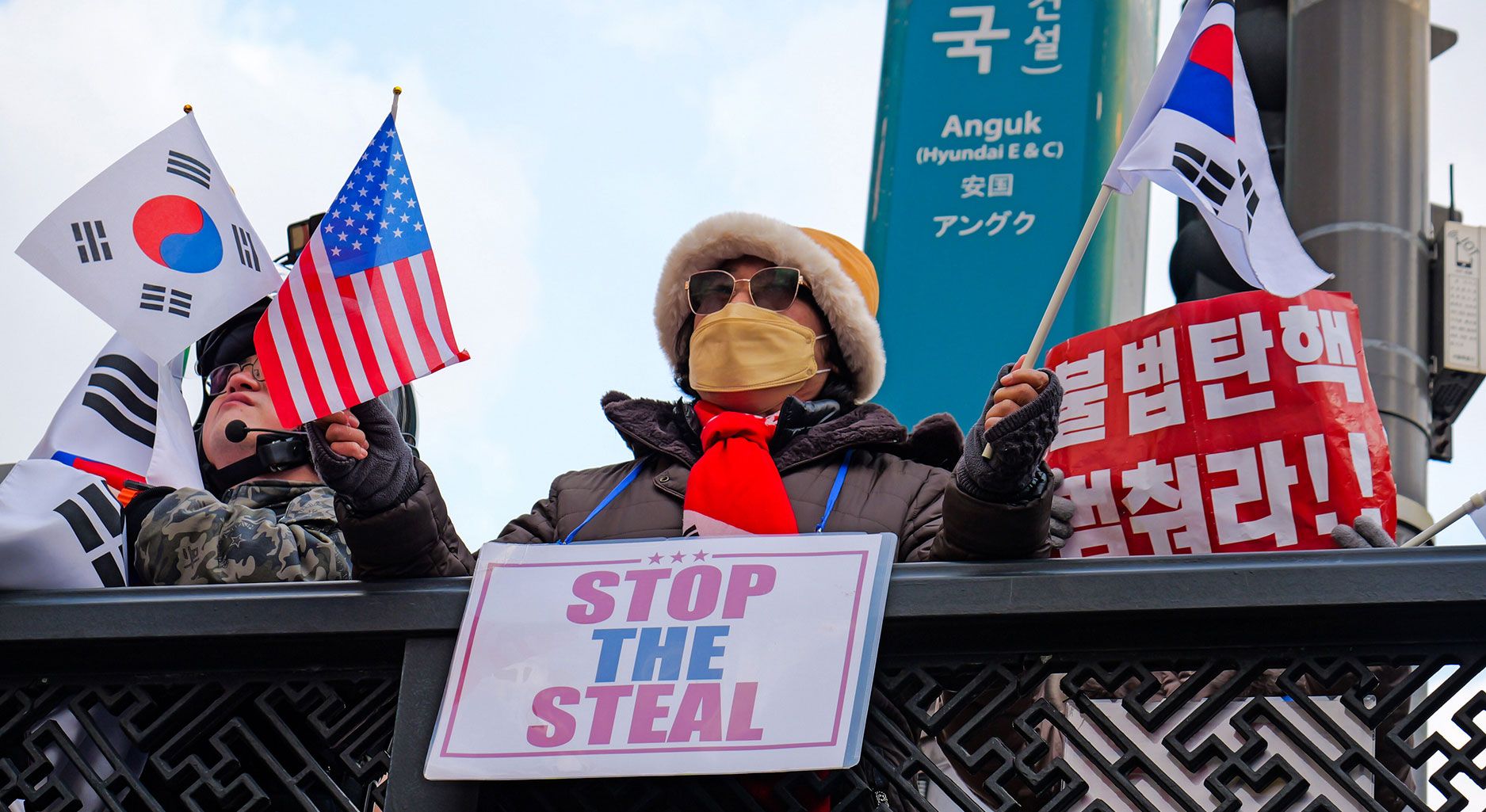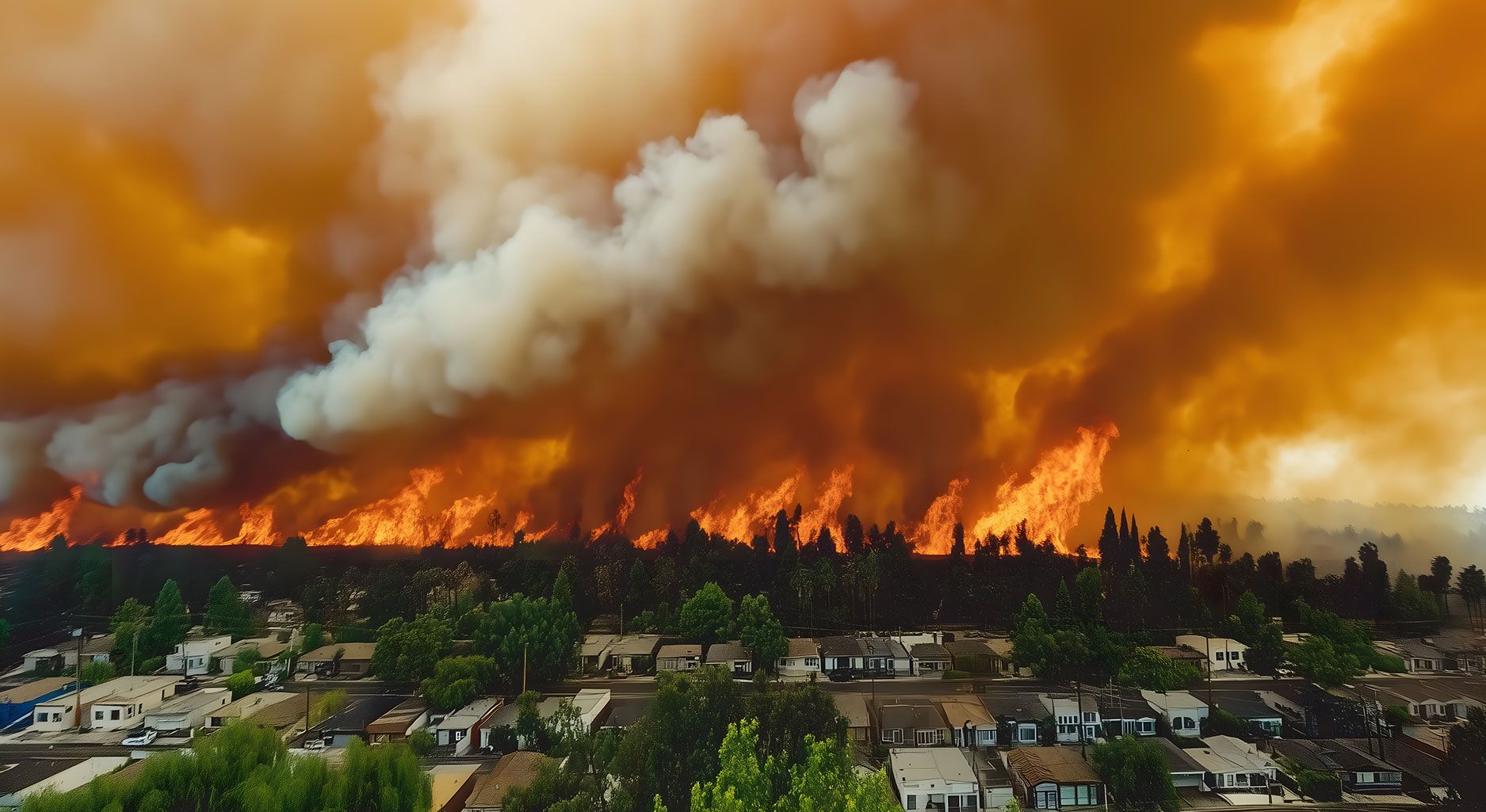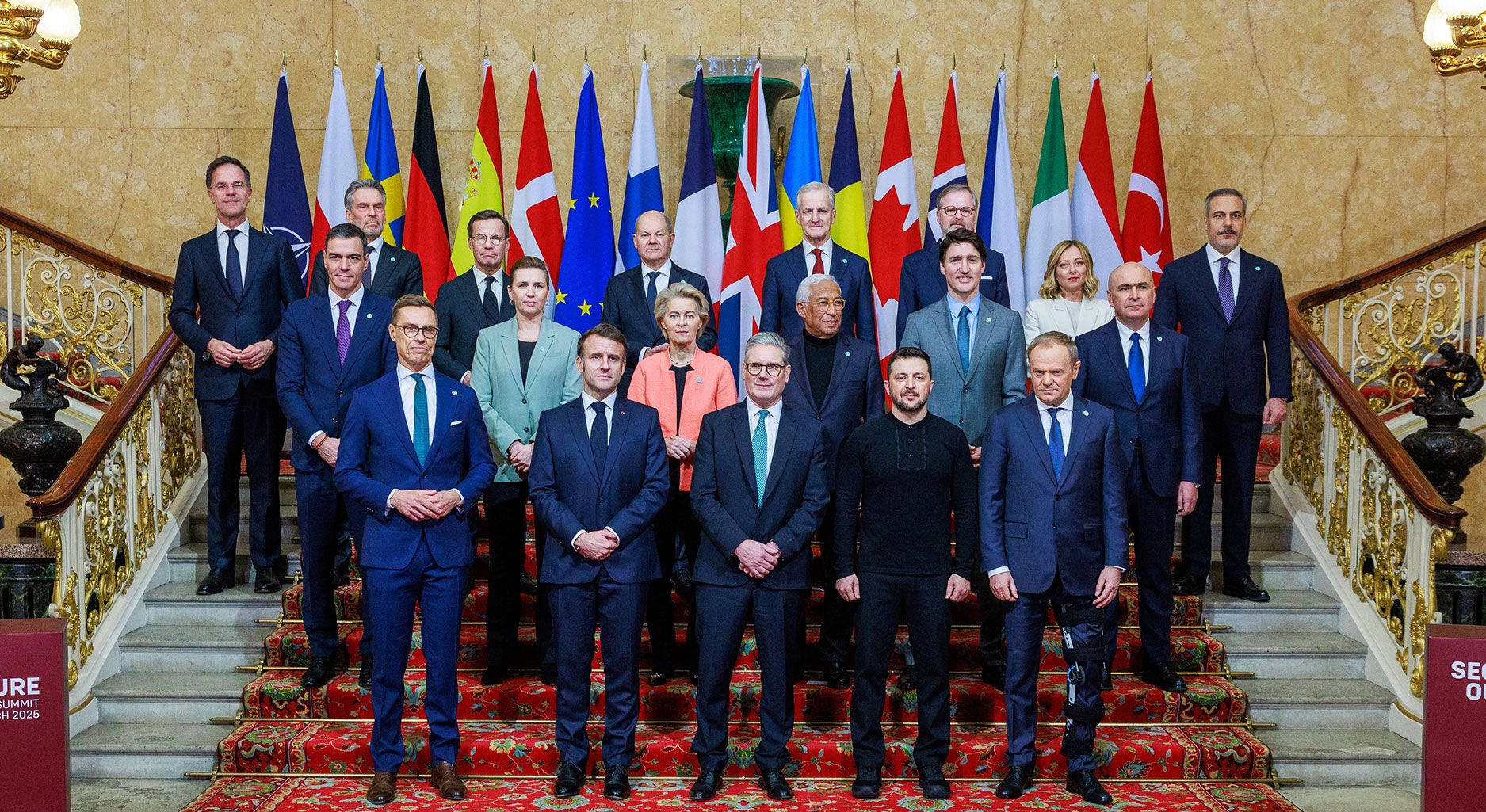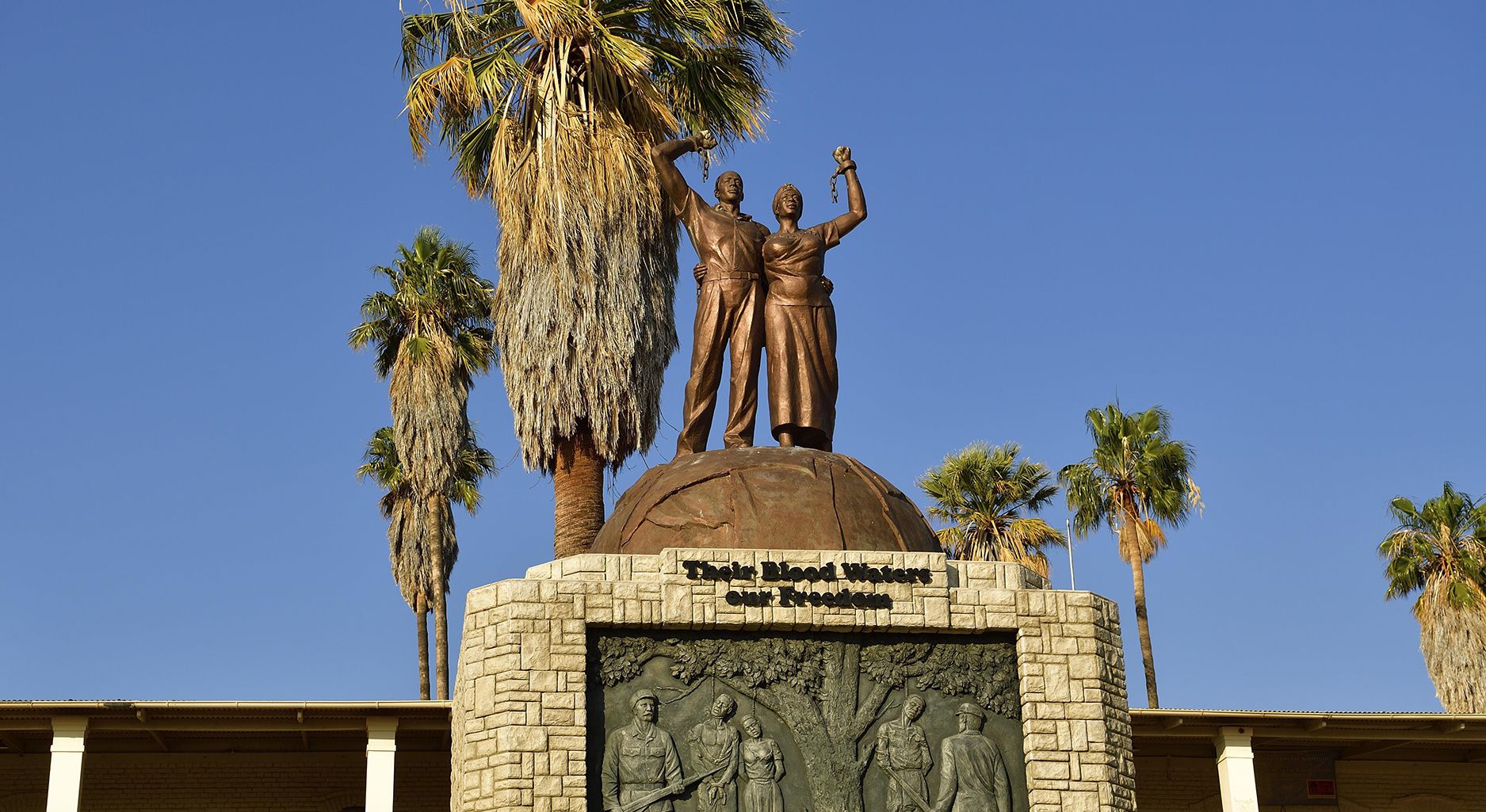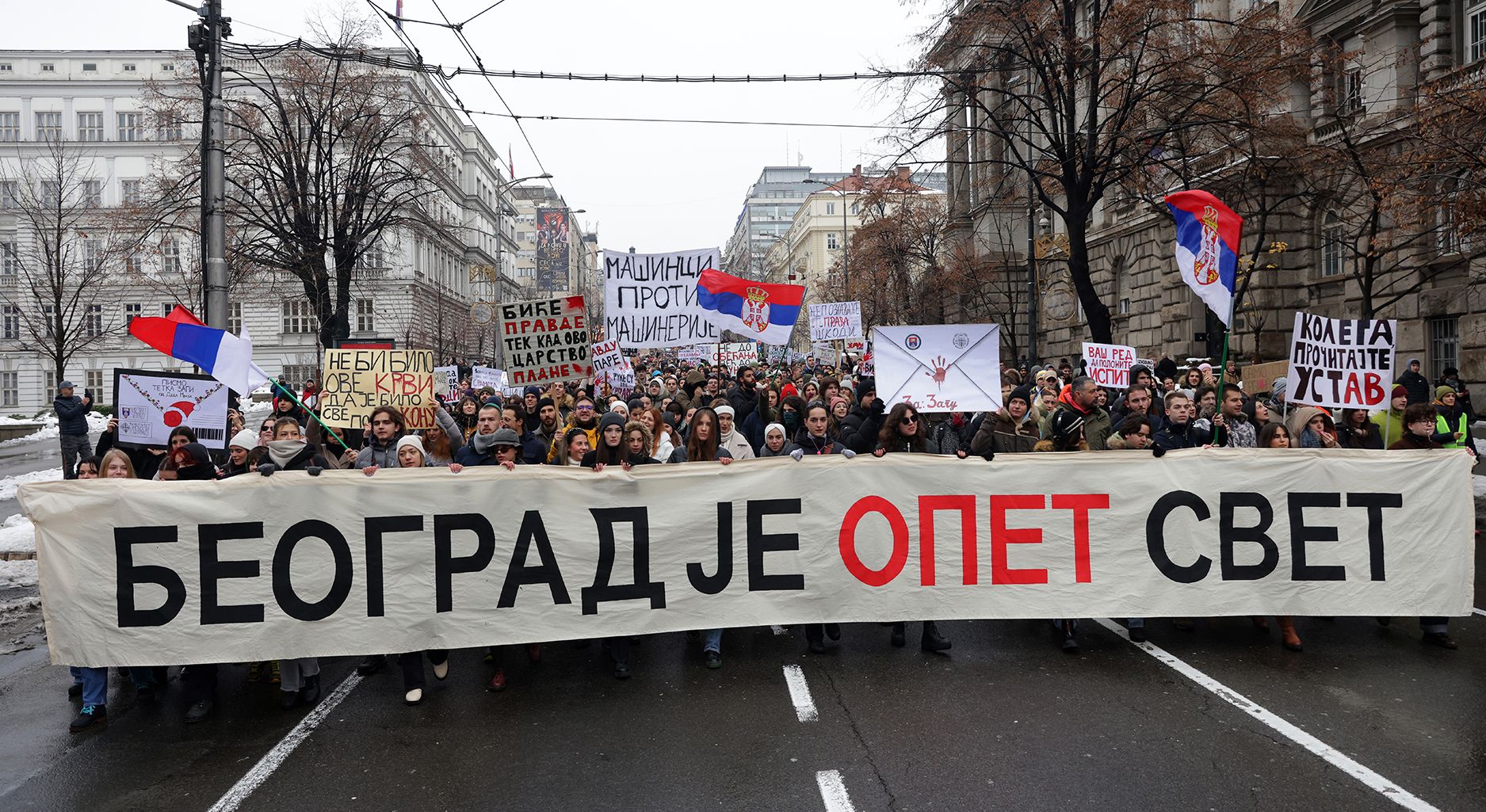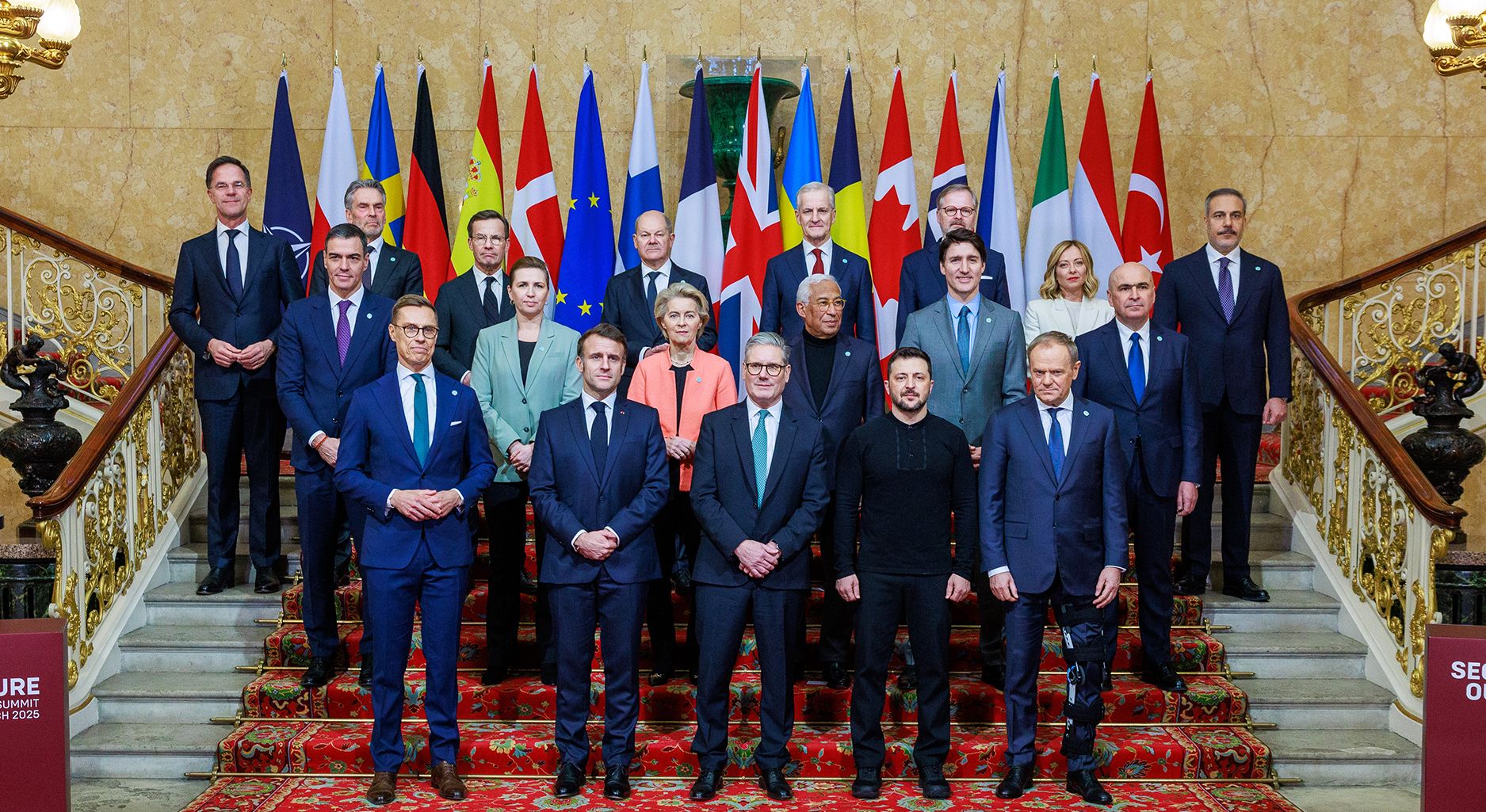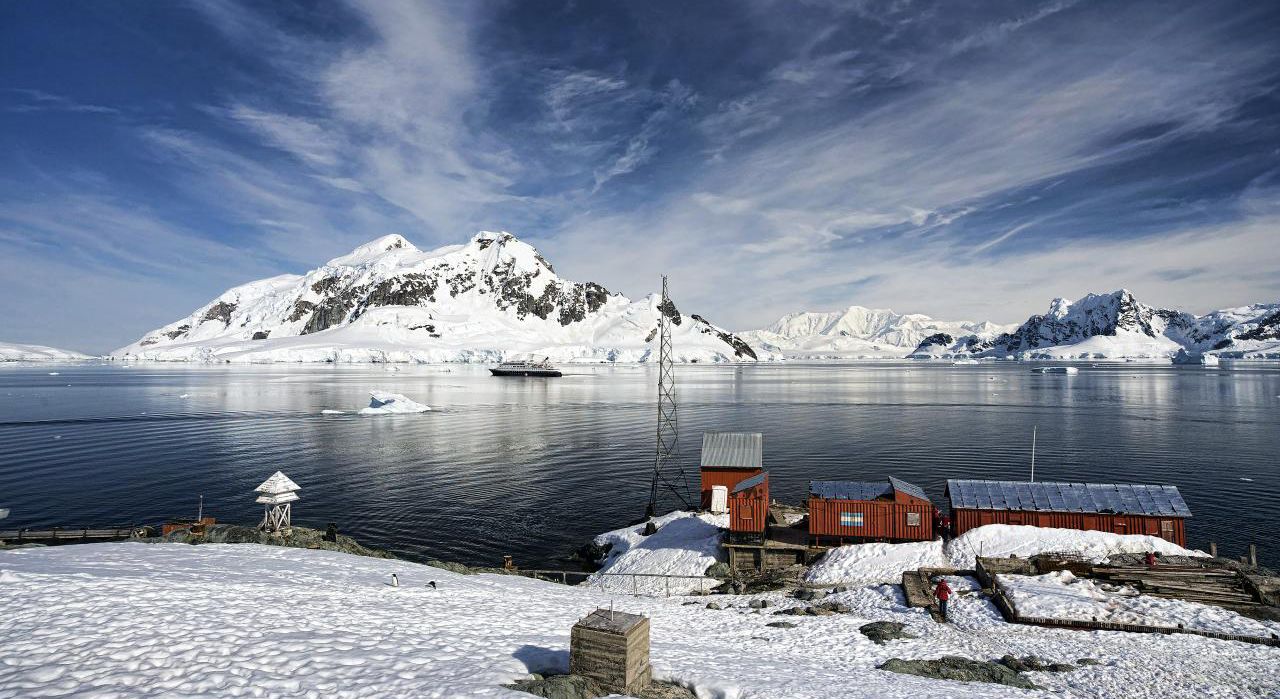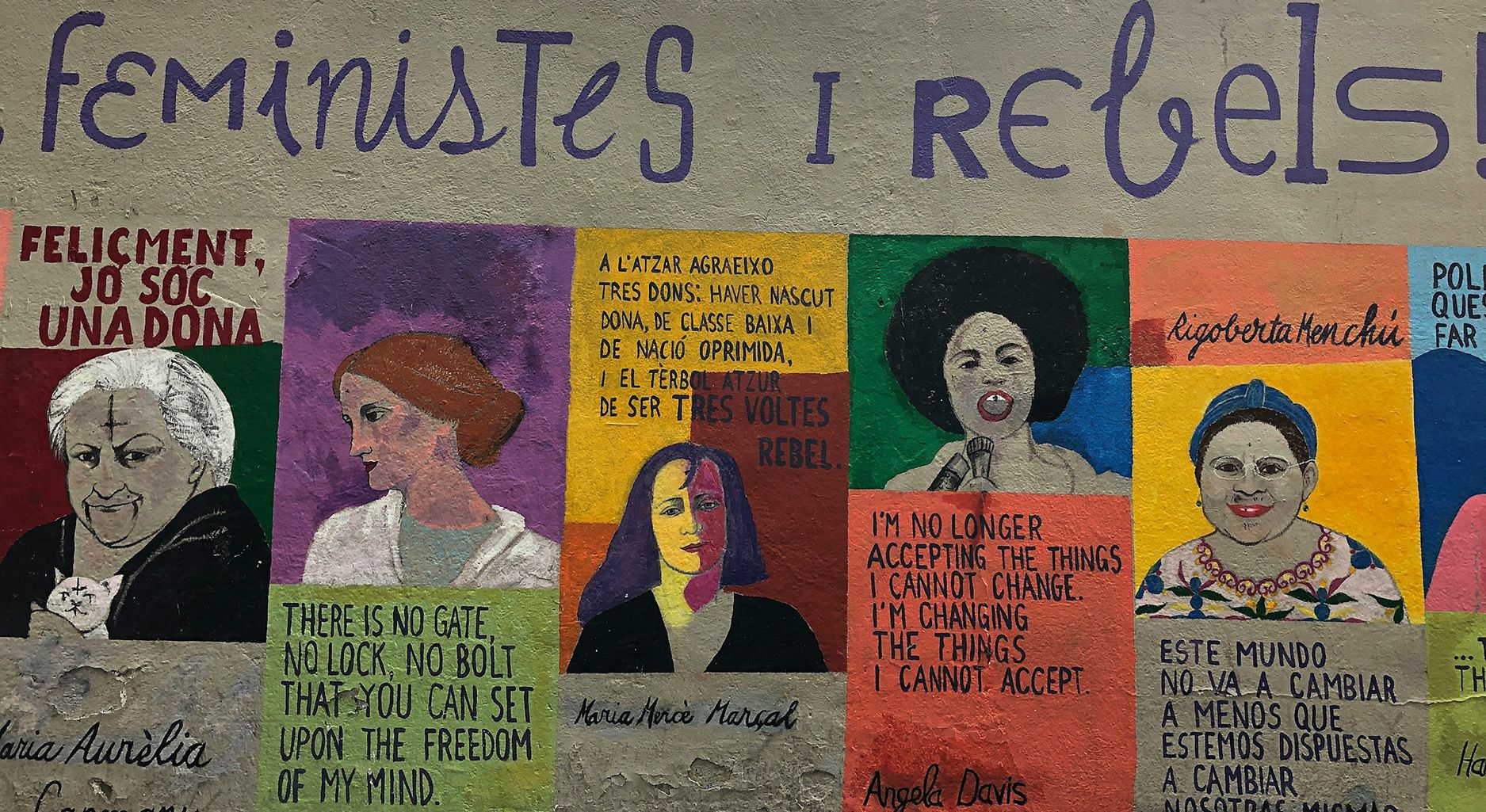Als der südkoreanische Präsident Yoon Suk-yeol im Dezember 2024 überraschend das Kriegsrecht...
Es stehen nicht nur Exporte auf dem Spiel: der US-chinesische Handelskrieg und seine friedenspolitischen Konsequenzen
Am 3. April führte die Trump-Regierung im Rahmen ihres „Befreiungstags“ hohe neue Importzölle...
Pragmatic Solutions to an Abstract Problem? How Cities are Addressing Climate Migration
It has been about three months since the catastrophic wildfires broke out on January 7, 2025,...
Maintaining the Rules-Based International Order: How Europe can Stand up to the Superpowers as an Alliance of Small States
When Western voices described the Russian invasion of Ukraine in February 2022 as an attack on...
Dealing with Germany’s First Genocide: Why Bilateral Negotiations with Namibia Failed and What the New Government Must Do
Since the end of the last Bundestag session it has become clear that although projected in the...
Uprisings in Serbia. Struggle(s) against a resilient regime
Following the collapse of the recently renovated Novi Sad train station, which resulted in the...
Festhalten an der regelbasierten internationalen Ordnung: Wie Europa als Allianz kleiner Staaten gegenüber den Supermächten bestehen kann
Wenn westliche Stimmen den russischen Überfall auf die Ukraine im Februar 2022 als Angriff auf...
Confronting Antarctic Security. Let’s stop chasing spectres at the South Pole!
Antarctica is often celebrated as a continent of peace and science. All ‘measures of a military...
On International Women’s Day: Feminist Peace Perspectives for Ukraine
February 24 marked the third anniversary of Russia’s war of aggression against Ukraine. Various...
Mehr Prävention gegen Femi(ni)zide: Warum das Gewalthilfegesetz zu kurz greift
Der Anstieg geschlechtsspezifischer Gewalt und die daraus resultierenden Debatten rücken...
